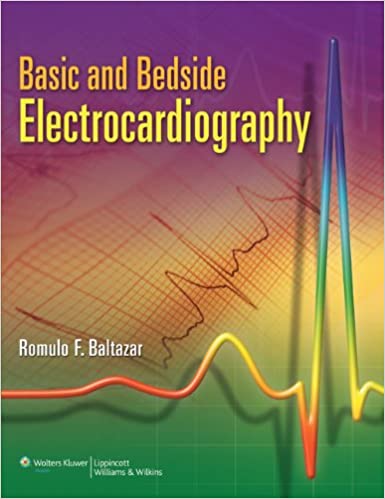In a rather crowded field of exceptional books on electrocardiography, Basic and Bedside Electrocardiography (2009) stands out as one of the finest—perhaps among the top four or five.
The book, written by a cardiologist with a lot of experience teaching cardiology to medical students and residents at an academic center, is quite different from most entry level electrocardiography books. While like most ECG books it covers basic and intermediate level interpretation skills, the focus is on clinical management, both short and long term. (In this sense, Basic and Bedside Electrocardiography (2009), is quite different from the otherwise equally excellent A Visual Guide to ECG Interpretation (2017), a book that is more focused on acute management). So, example, there is a rather extensive discussion about the different kinds of atrial fibrillation: nonvolvular, valvular, paraxyxsmal, permanent, etc.

And while the book provides a rather deep dive into the subject matter, the discussions remain interesting, lucid and approachable throughout. And the author doesn’t just throw EKGs at you. Rather, the captions explain what is going on, and there are additional illustrations throughout the book to help you understand the pathophysiology of corresponding lesions and arrhythmias. The illustration and sample electrocardiograms are enlightening, and the text is clear and to-the-point. I’d considered the book almost perfect, if not for the fact that it is more than a decade old and very much in need of an update.
Basic and Bedside Electrocardiography (2009) isn’t for someone who likes to dabble in EKGs or wants to be “good enough” at reading and interpreting them. It is more of a clinical cardiology book that leans very heavily, perhaps almost exclusively, on electrocardiography as a diagnostic modality.
I therefore recommend Basic and Bedside Electrocardiography (2009) very highly to primary care residents and to highly motivated third and fourth year medical students who have a strong interest in cardiology or emergency medicine.


Leave a Reply